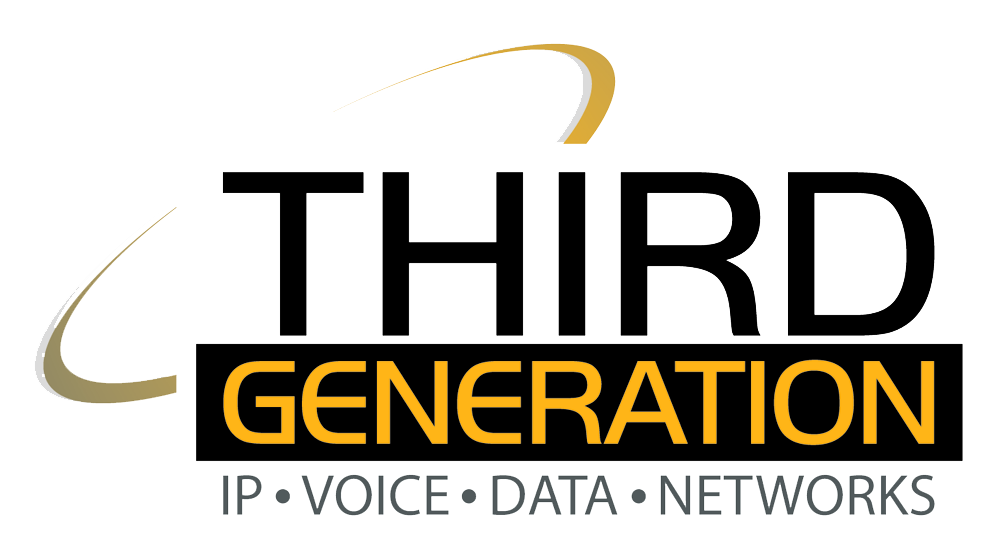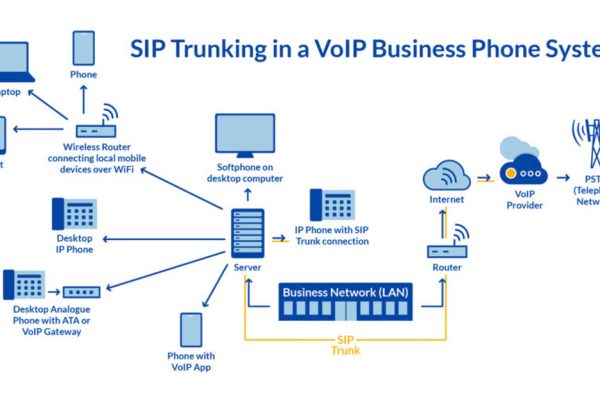In today’s fast-moving business environment, speed and efficiency are non-negotiable. When teams are juggling multiple tasks, missed calls and delayed responses can lead to missed opportunities — or worse, customer dissatisfaction. That’s why voicemail to email integration is becoming a must-have for growing businesses.
This powerful feature of modern cloud-based phone systems transforms traditional voicemail into a seamless, action-driven workflow. By delivering voicemails directly to your inbox as audio files — often with automatic transcription — it helps teams stay responsive, organized, and in control.
For organizations looking to improve communication and simplify daily tasks, voicemail-to-email is a low-lift upgrade with high-impact results.
What Is Voicemail to Email Integration?
Voicemail to email integration is a feature within VoIP and cloud phone systems that automatically forwards voicemail messages to a user’s email inbox. Messages are typically sent as MP3 or WAV audio attachments, and many platforms also include transcriptions in the body of the email for quick reading.
Instead of dialing in to retrieve voicemails, employees can access and respond to them as part of their normal email workflow — anytime, anywhere. It’s a smarter way to manage business communication.
1. Why Faster Message Access Matters
In business, speed matters — especially when it comes to responding to customer inquiries, service requests, or internal updates. Voicemail-to-email functionality removes the friction of logging into voicemail boxes or navigating clunky phone menus.
Instead, messages land directly in your inbox — where your team already works. This allows employees to triage messages faster, prioritize follow-ups, and respond in near real-time. Whether it’s a sales lead, a support ticket, or an urgent decision request, your business moves faster — and more professionally.
According to Forbes, seamless communication tools like voicemail to email play a key role in increasing productivity and collaboration across teams.
2. Organized Communication = Better Team Collaboration
Traditional voicemail systems are black boxes — hard to track, impossible to share, and easy to forget. With voicemail-to-email integration, messages become part of a documented communication stream.
Teams can forward voicemails to relevant stakeholders, tag them for follow-up, or store them in shared folders or CRMs. Some systems even allow automatic linkage to contact records, boosting visibility and accountability.
This streamlining of team workflows makes it easier to delegate, follow up, and track client communications — especially in distributed teams.
3. Accessible Messaging for Hybrid and Mobile Teams
Whether your employees are in the office, on the road, or working remotely, voicemail to email makes sure nothing gets missed. Because voice messages arrive via email, they’re accessible on any device — laptop, tablet, or smartphone.
This is a game-changer for businesses with field staff, traveling executives, or flexible work environments. Cloud voicemail integration ensures that voice messages follow employees wherever they are, enhancing both responsiveness and customer satisfaction.
4. Voice Messages, Now Searchable and Actionable
Voicemail transcription — a standard feature in many cloud phone systems — turns audio messages into readable text. This provides a written record that’s easy to scan, summarize, or share.
Need to log a call in your CRM? Assign a task based on a voicemail? Verify client instructions? It’s all possible with voicemail-to-email. This added documentation layer improves clarity, reduces miscommunication, and helps ensure follow-through.
5. Smarter Notifications Across Channels
Voicemail-to-email systems reduce the chances of missed messages by triggering immediate alerts. As soon as a voicemail is left, an email notification is sent — keeping the message visible and actionable.
Some platforms even support integrations with collaboration tools like Slack, Microsoft Teams, or help desk software, allowing alerts to be routed where your team is most active. This enhances internal alignment, speeds up customer response times, and improves service quality.
Ideal Use Cases for Growing Businesses
- Sales Teams: Never miss a hot lead due to voicemail delays.
- Customer Support: Turn voicemails into help desk tickets instantly.
- Executives & Admins: Prioritize important messages efficiently.
- Field Employees: Stay responsive while on the move.
Why Choose Third Generation for Integrated Voicemail Solutions?
Third Generation (3GenUSA) delivers cloud voice solutions that are designed for real-world business workflows. Our voicemail-to-email integrations are simple to deploy, customizable, and built to scale with your needs.
- Compatible with platforms like RingCentral, Zoom, and Mitel
- Automatic voicemail transcription and email delivery
- Smart routing options for departments or individuals
- End-to-end implementation and support
Serving over 4,000 clients nationwide, Third Generation is trusted by businesses that want to modernize communication without adding complexity.
Final Thoughts: Smarter Communication, Stronger Teams
In a world where responsiveness and efficiency are critical, voicemail to email integration offers more than just convenience — it provides a strategic edge.
By transforming voicemails into accessible, actionable messages, this cloud communication tool helps businesses streamline workflows, stay organized, and boost performance across teams.
👉 Contact Third Generation today to explore how voicemail to email and other cloud tools can elevate your business communication.




